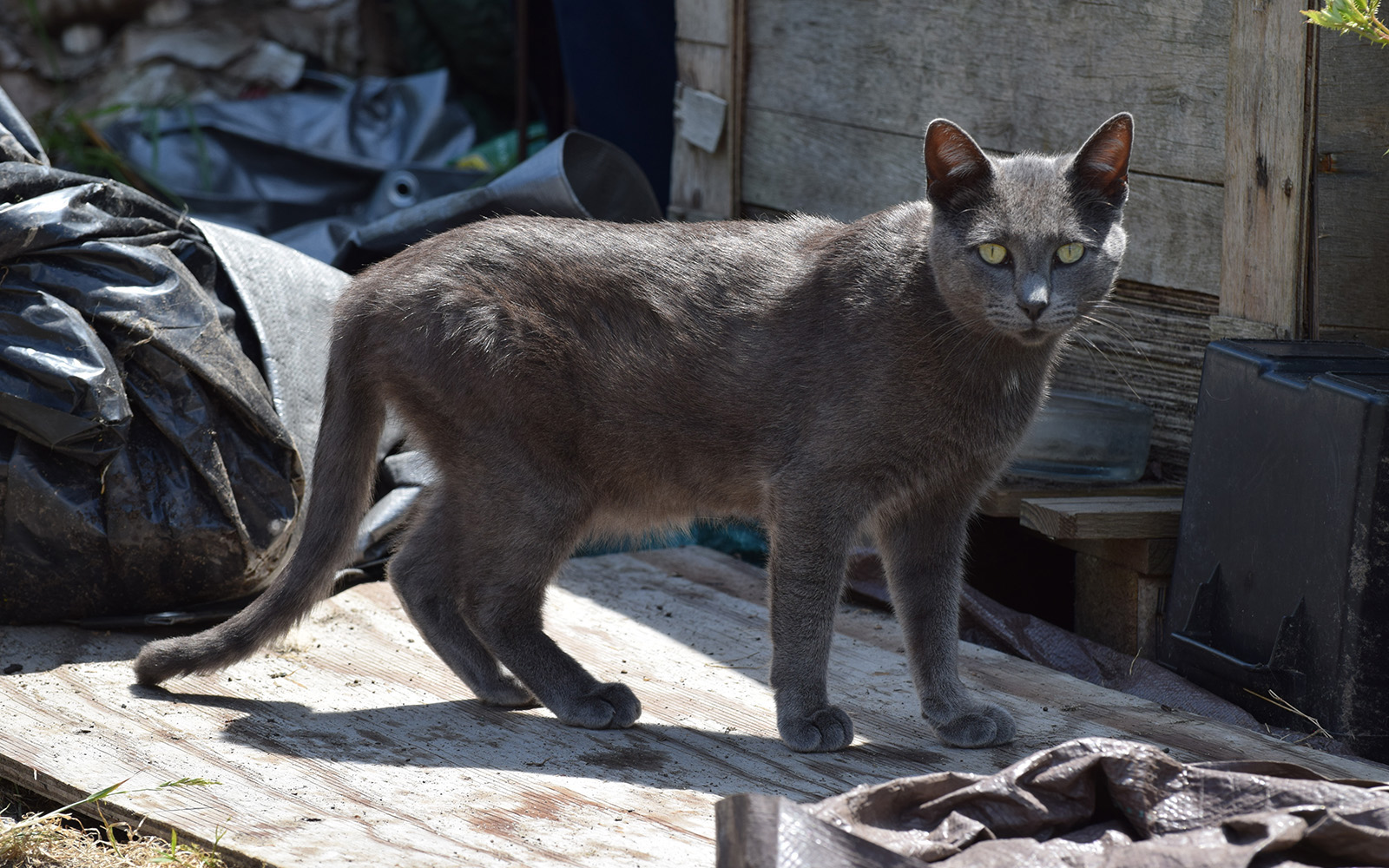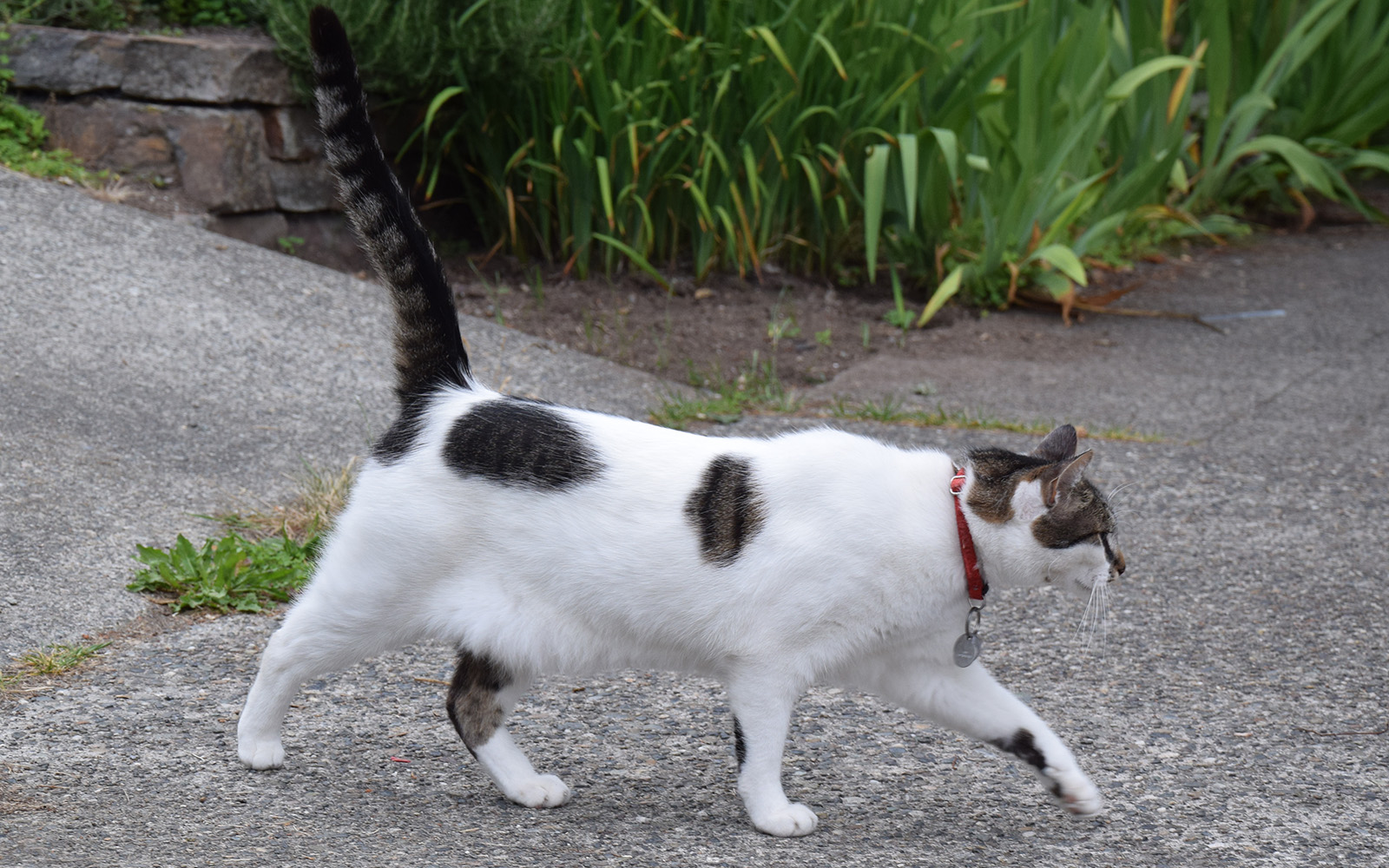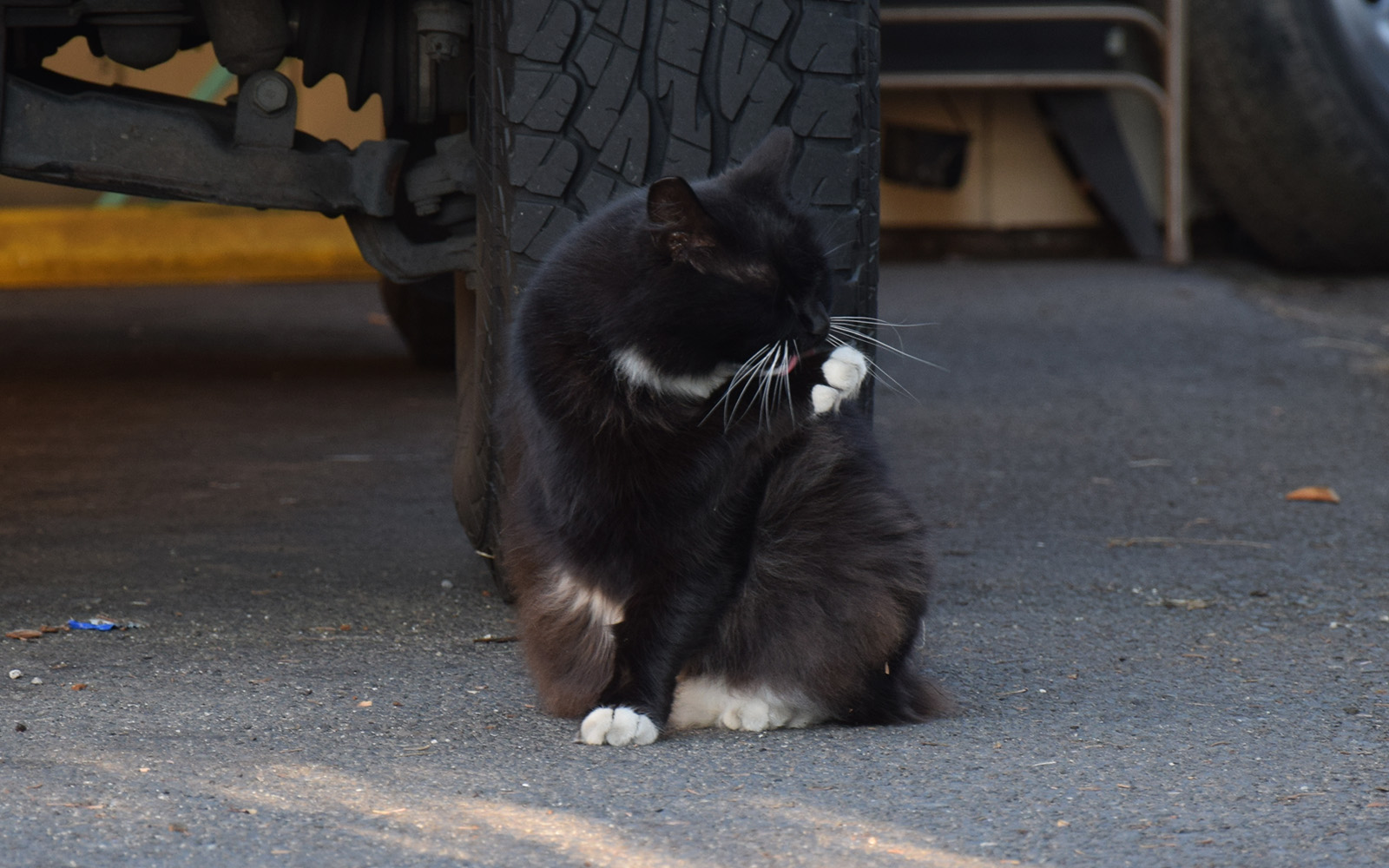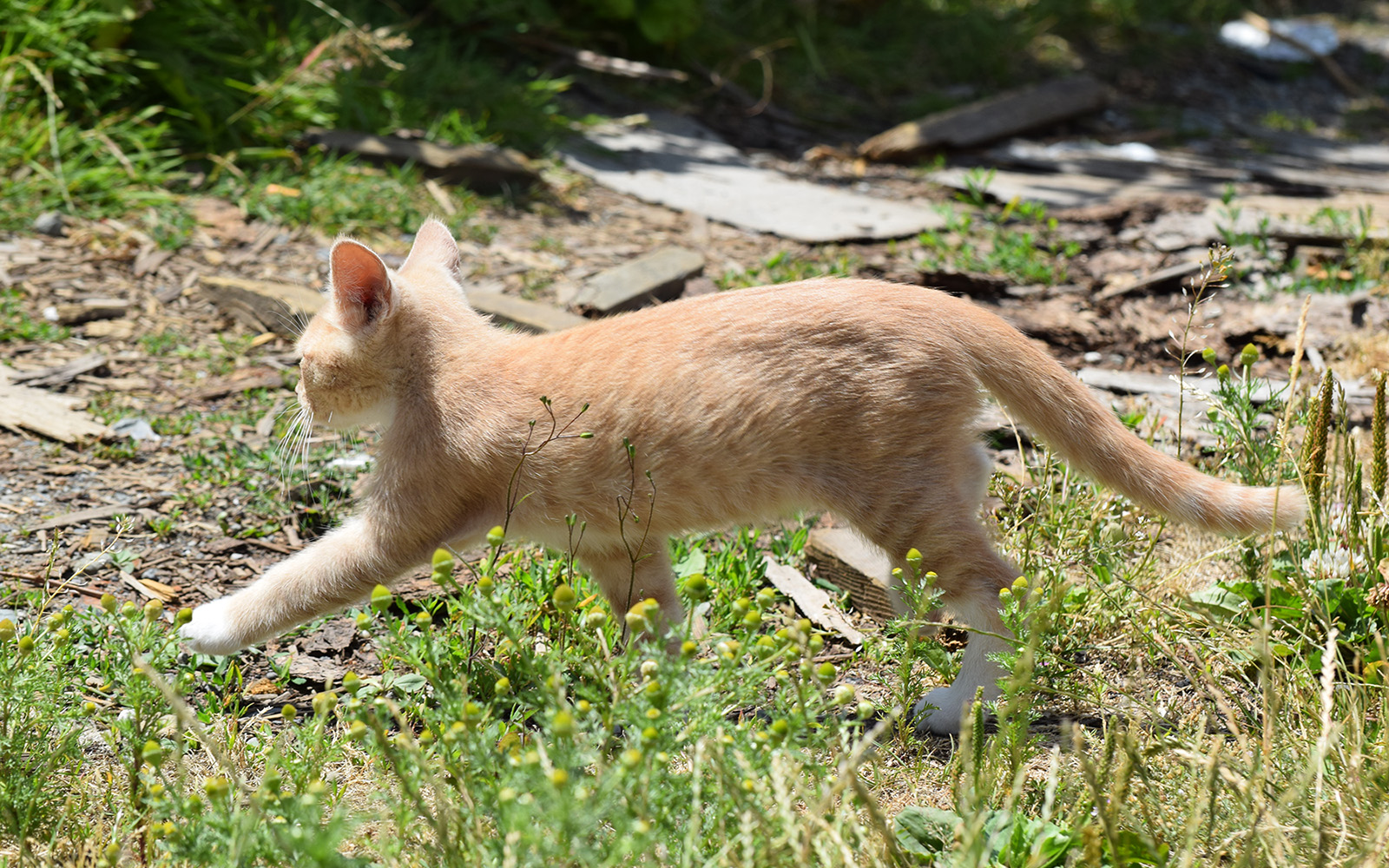Cat & Mouse: Do Online Microtasks
Instructions
Kitizen Science's online cat photo processing system is set up as a collection of "microtasks," where volunteers are presented with a cat submission consisting of one or more photos. You will select attributes about the cat such as its primary color and whether it is a kitten or adult, and then compare it to suggested matches in our cat database to decide if the cat is new to our system or if it has a match. By building a record of when and where individual cats are sighted during cat surveys, you are helping us take a large number of photos and distill them into data in a format we can analyze.
Some cats are harder to see than others, and you won't always get to see good details. All that we ask is that you do your best with each submission. Similar to other photo classification citizen science programs, Kitizen Science records and compares the opinions of multiple volunteers so that occasional mistakes are outvoted by a majority.
There is no time limit or minimum commitment required, so this is a great way to participate in animal welfare research in a way that works with your own busy schedule. We estimate each submission will take a few minutes to process once you become familiar with our workflow. You can process a maximum of 24 submissions per day. (People tend to become less successful at these tasks when they have been staring at photos for long periods of time.)
Key rules
We ask that you create only one login for Kitizen Science, and each login has only one person using it. We will be noting volunteer demographics summaries in reporting facts about our program, so we want to have one set of demographic information tied to one user account. We also ask that you work by yourself and don't ask friends for help in identifying cats.
Because of the small screen size of smartphones and many tablets, we do not want you to process submissions on these smaller devices. Please use a standard desktop or laptop computer.
There is a quiz at the end of this instruction page to ensure that you have read the instructions and understand what is being asked of you.
Step 1: Assigning cat attributes
For each submission, you start out by assigning attributes to a cat. You will have one or more photos of a cat, and you may or may not be able to see the cat's whole body. Base your attribute assignments only on what you are certain that you can see.
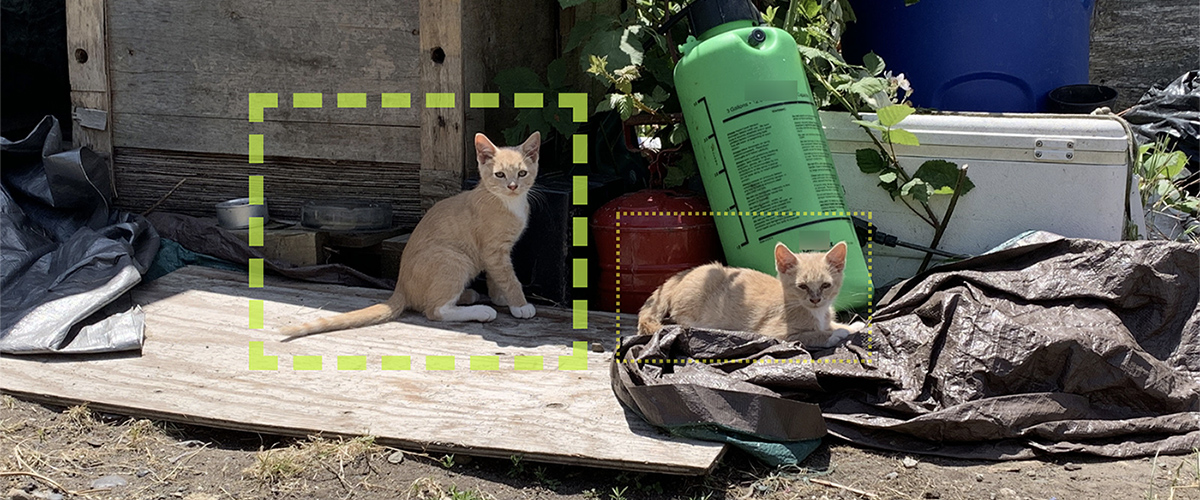
Some photos will have more than one cat. The cat whose attributes you are assigning and matching will be emphasized by a green box with thicker lines, whereas background cats in the same photo will be in a box with thinner lines.
First, select a cat's primary color or pattern group. These are our 8 color categories:
|
Black: solid or with a small patch of white
|
Black & White
|
|
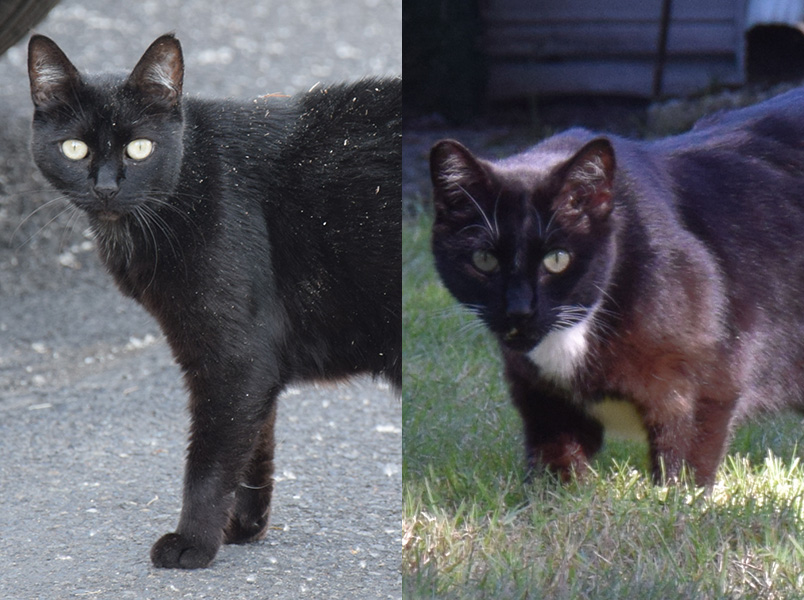 |
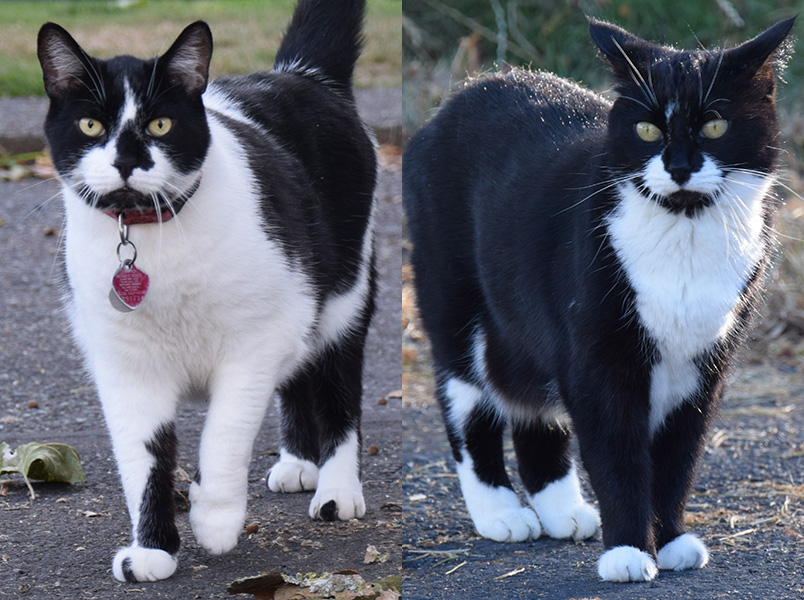 |
|
|
Grey or Brown Tabby/Torbie
|
Tabby/Torbie & White
|
|
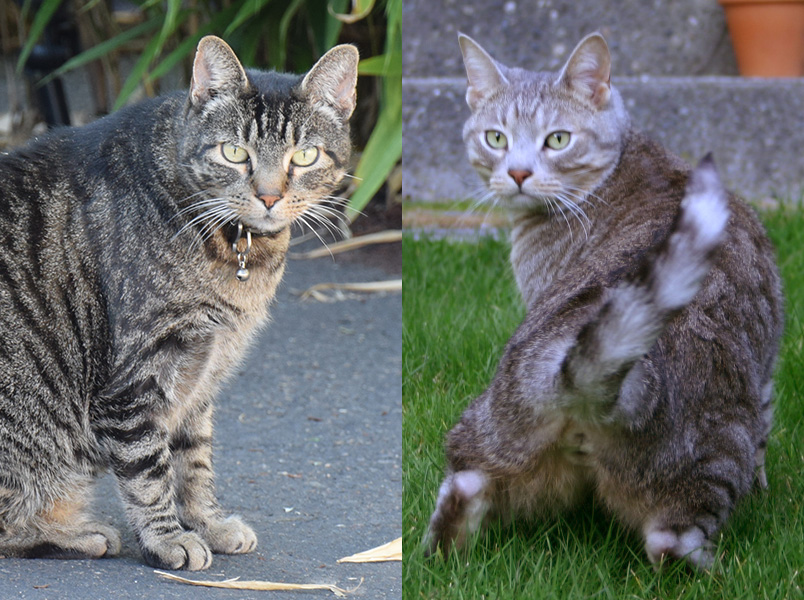 |
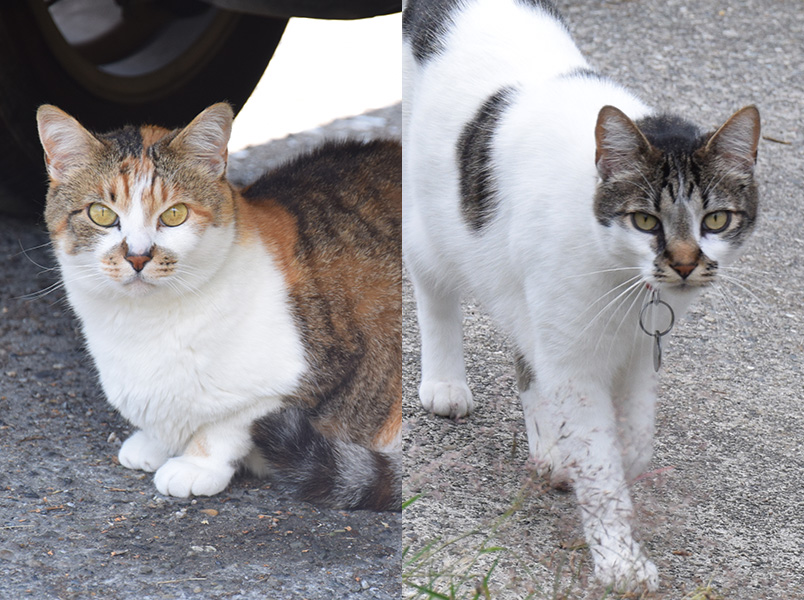 |
|
|
Orange: peach through dark orange
|
Dark Grey
|
|
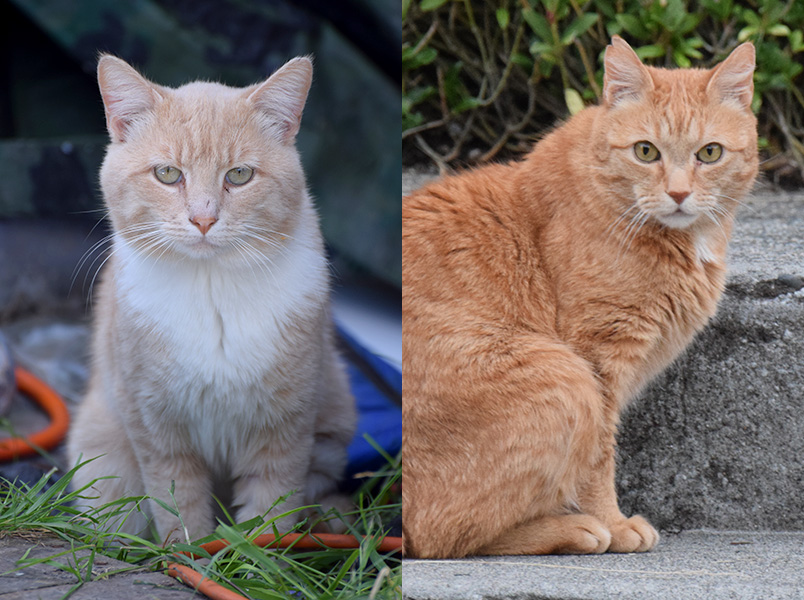 |
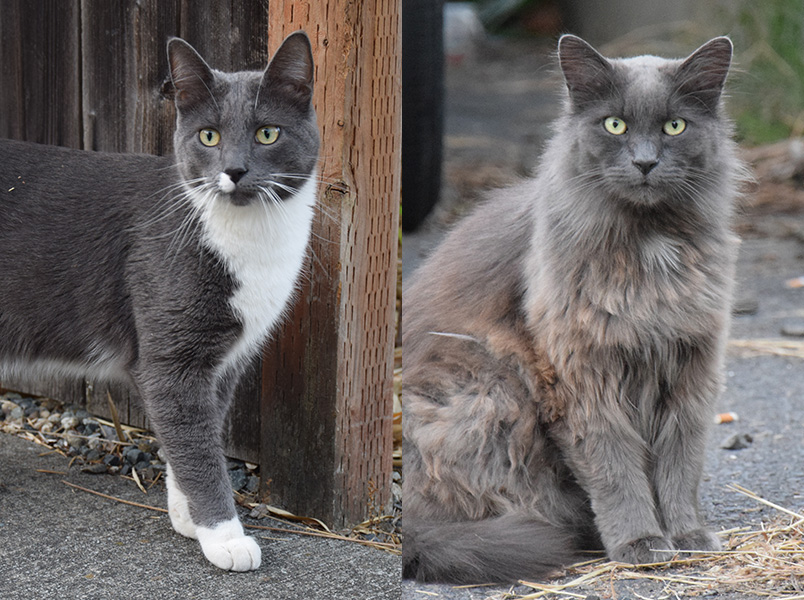 |
|
|
Calico/Tortoiseshell: including diluted/muted
|
Beige/White/Siamese
|
|
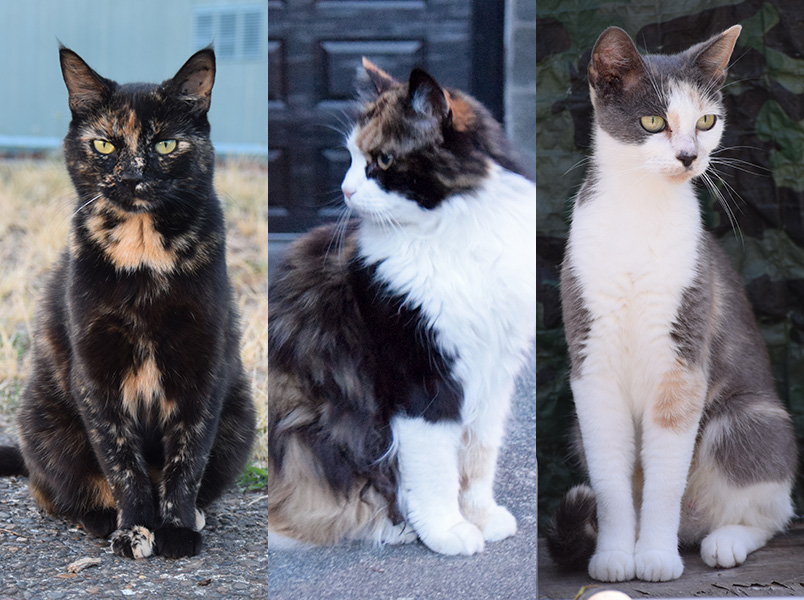 |
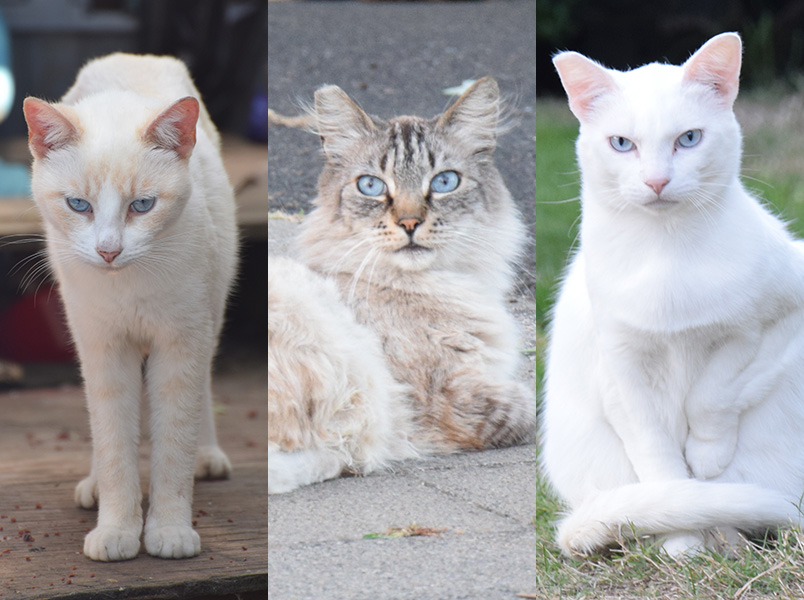 |
Second, select the cat's life stage (kitten or adult).
|
Kitten: under about 6 months
|
Adult
|
|
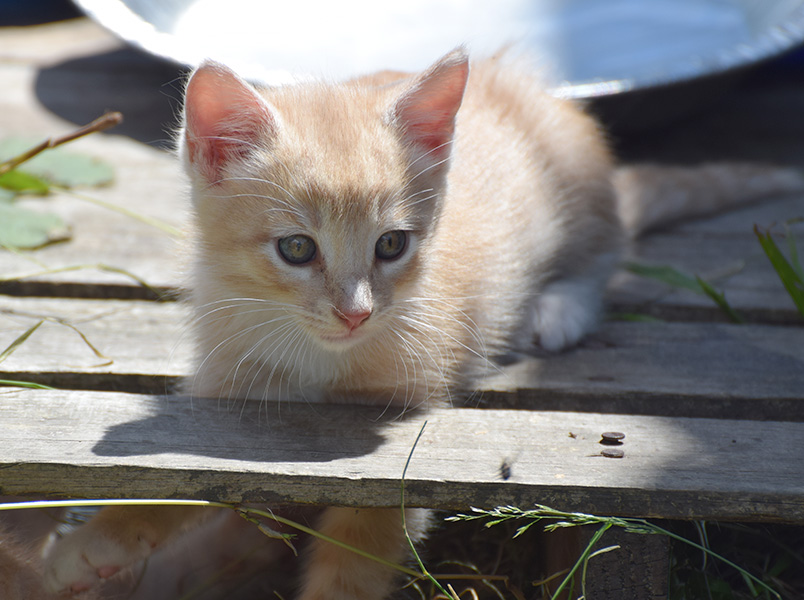 |
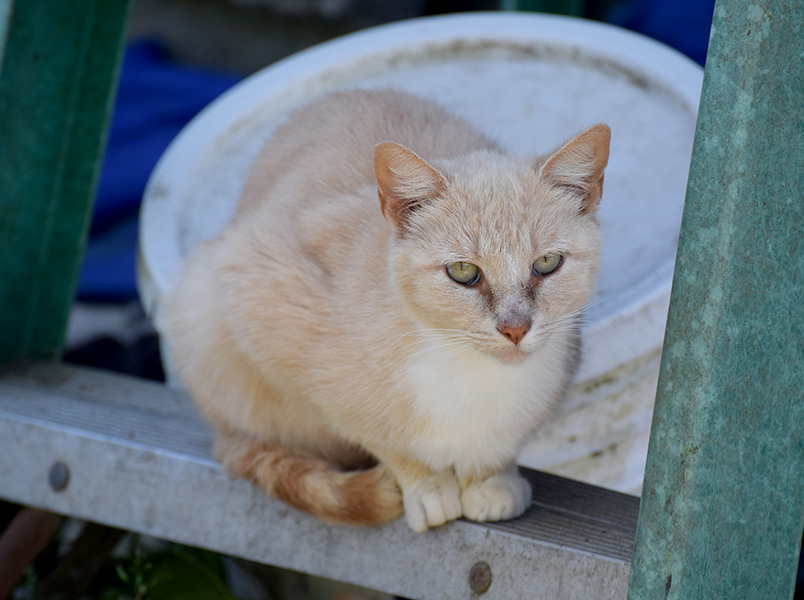 |
Third, select whether the cat has an ear tip removed (a sign the cat has been surgically sterilized), and on which side, or select unknown. Depending on how much eartip was removed at surgery time, these can be very hard to see. If you are not certain, select "unknown."
|
Yes - Cat's Left
|
Yes - Cat's Right
|
|
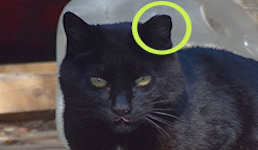 |
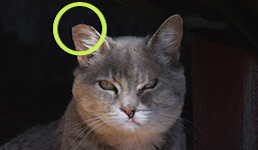 |
|
|
No
|
||
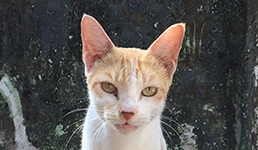 |
Fourth, select whether the cat is wearing a collar. If you are not certain, select "unknown."
|
Yes
|
No
|
|
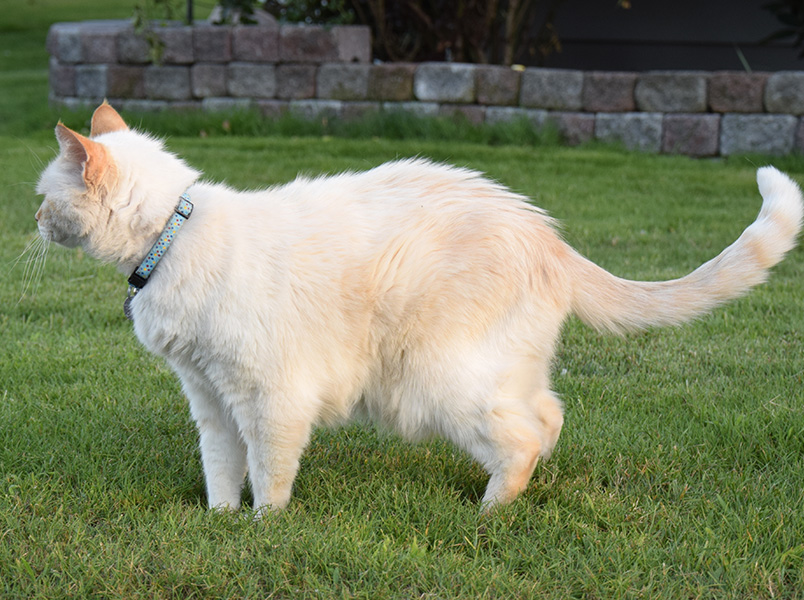 |
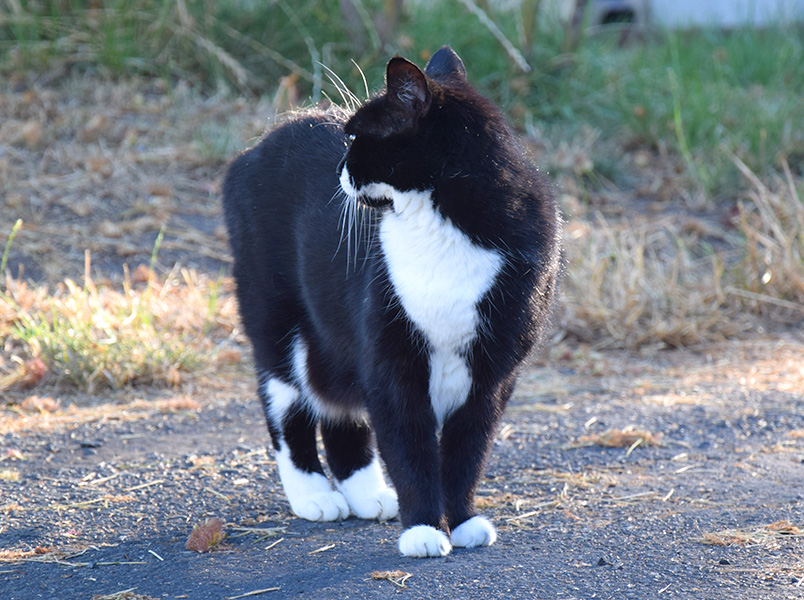 |
Lastly, select the cat's sex. A photo could contain an unsterilized male cat's rear end where you can see testicles, or a photo of an unsterilized female could show visible mammary gland development or depict a mother with her kittens. Most cats will be labeled as unknown because sex generally isn't visible.
|
Male: testicles visible
|
Female: nursing kittens
|
|
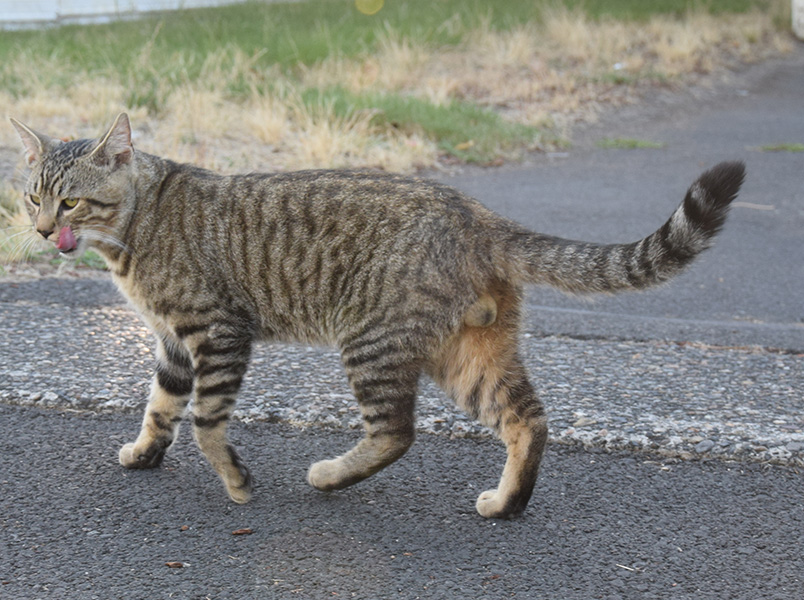 |
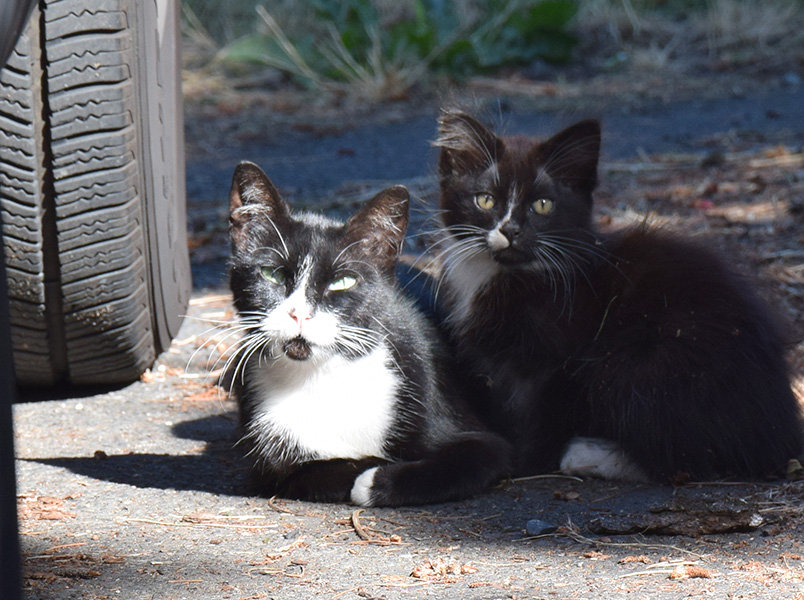 |
Step 2: Cat matching
After saving a cat's attributes, our program looks for potential matches based on a cat's attributes and its physical proximity to other cats in our system, showing you a list of cats that are most likely to be a match. Some cat submissions will have a match in the system, and some won't. You decide if one of the potential matches is the same cat, or click to decide that the submission is a new cat to the system without a match.
How to compare similar cats
Even two similar-looking cats can be separated if you examine them closely. Here are some details to look for when comparing two cats.
|
Is the cat's ear tip removed (a marker of sterilization)? These can be hard to
see at a distance or in cats with a small amount of ear tip removed. Either ear may be tipped.
|
Is the cat wearing a collar? Keep in mind that collars can be added or removed,
unlike fur coat patterns. Don't rely only on collars, but it can be one clue.
|
|
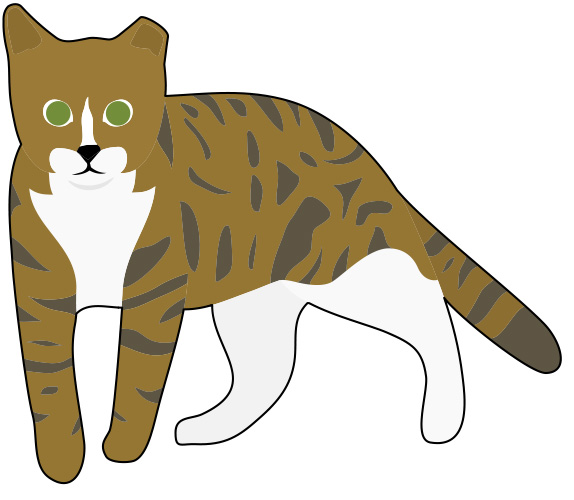 |
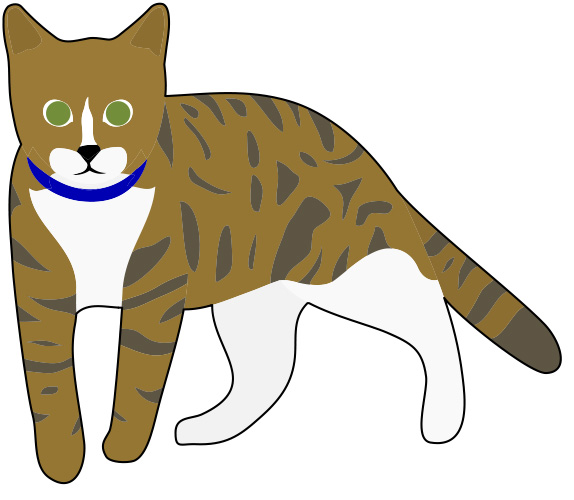 |
|
|
Faces provide a lot of clues. Does the cat have a strong "M" pattern
on his forehead? What position and color are the stripes on his cheeks? Is there a stripe on his
nose?
|
Tabby cats can look similar, but the arrangement of their stripes differs. Some
have wider or thinner stripes, darker or lighter stripes, running at different angles.
|
|
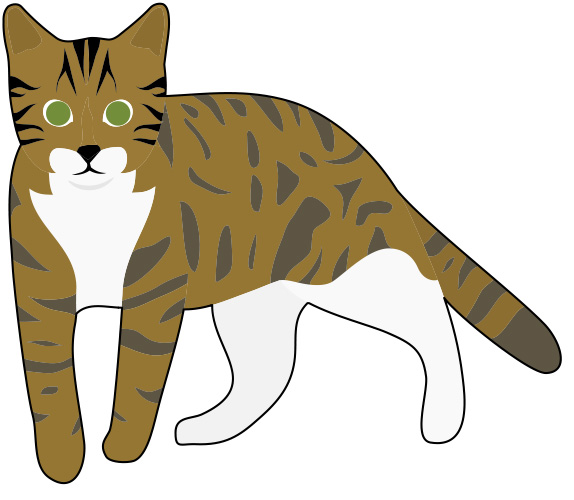 |
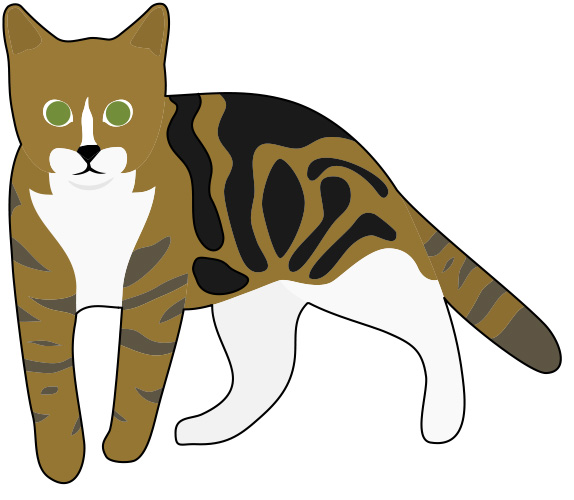 |
|
|
Look at her legs. Does she have "mittens"? Dark or large stripes? If
you're looking at photos of a left and right side of a cat, is a distinctive mark on the same
side of the cat's body?
|
Tails can also be different, and some cats have shorter or kinked tails.
(Sometimes cats are sitting on their tails in a photo, so you can't see anything.)
|
|
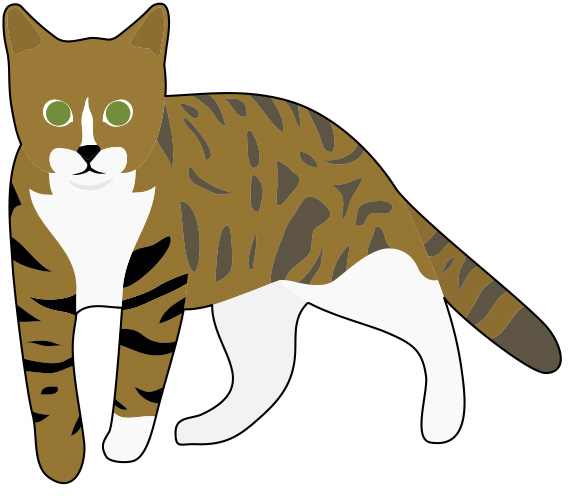 |
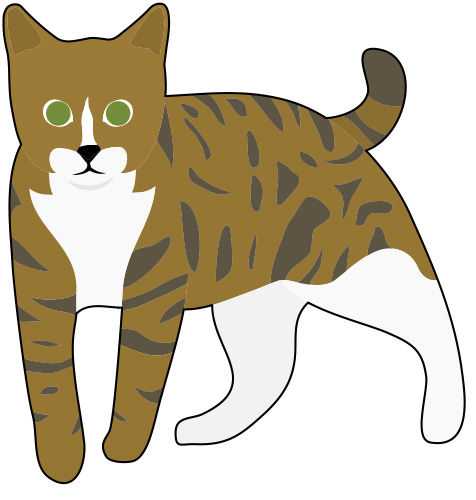 |
|
|
How long is the cat's fur? Long, medium, or short fur? (Sometimes cats have
tangled mats of fur shaved during the spay/neuter process, but bald spots don't stay long.)
|
Remember that not every cat photo is going to be a great one, and sometimes you
won't have a good view. Try to do your best with the angle you have.
|
|
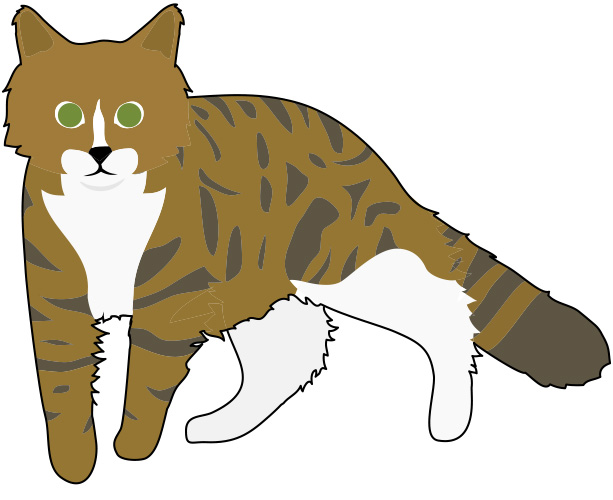 |
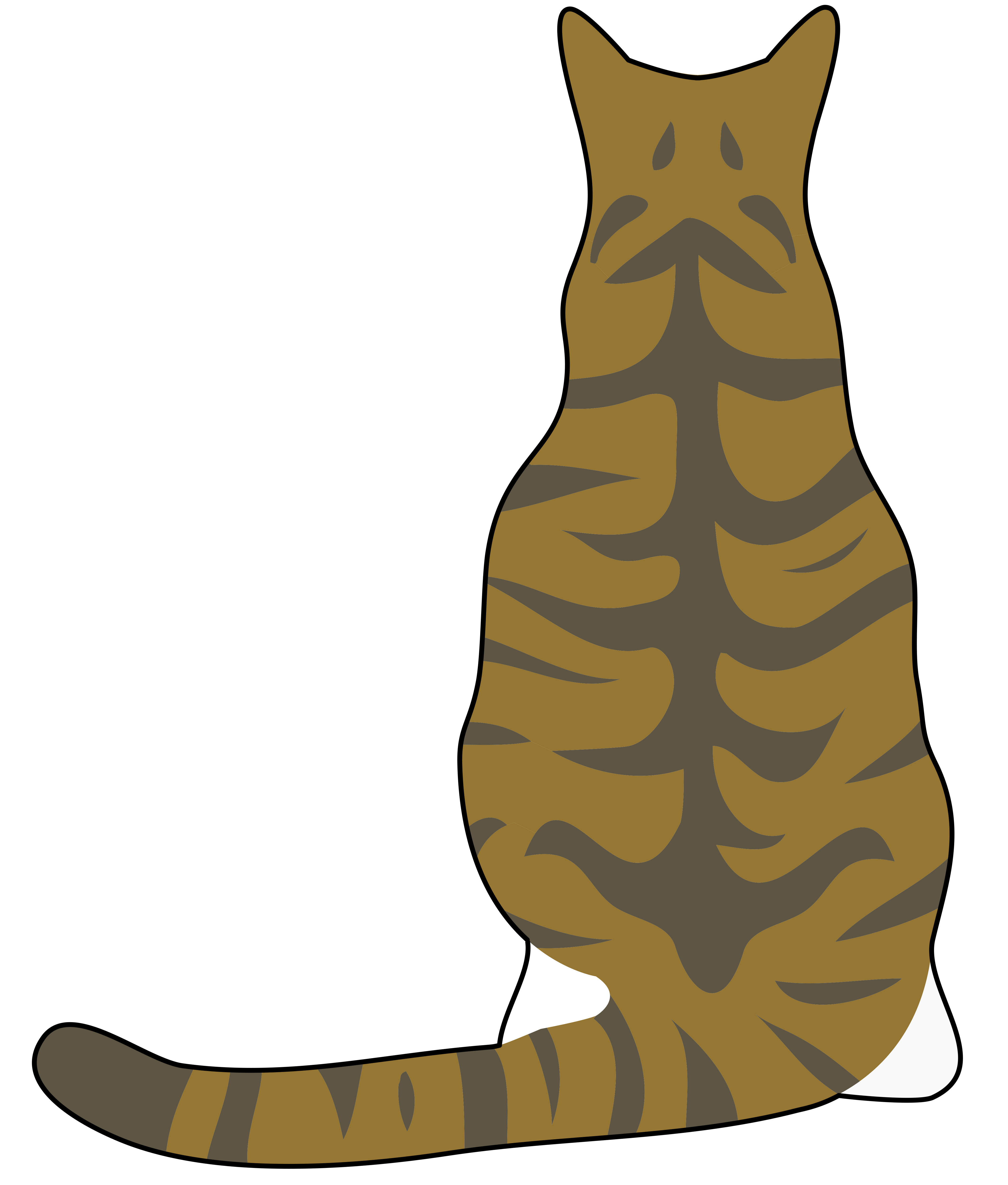 |
That's everything!
If you have any questions, please email kitizenscience@gmail.com.
Quiz
Please select cat attributes for each of these four sample cats. You can attempt to answer each quiz item as many times as you like, but you won't be able to move on until all questions have been answered correctly.
Cat 1
|
Cat 2
|
Cat 3
|
Cat 4
|
Complete the quiz for all four cats above to continue.
Questions remaining: 20
